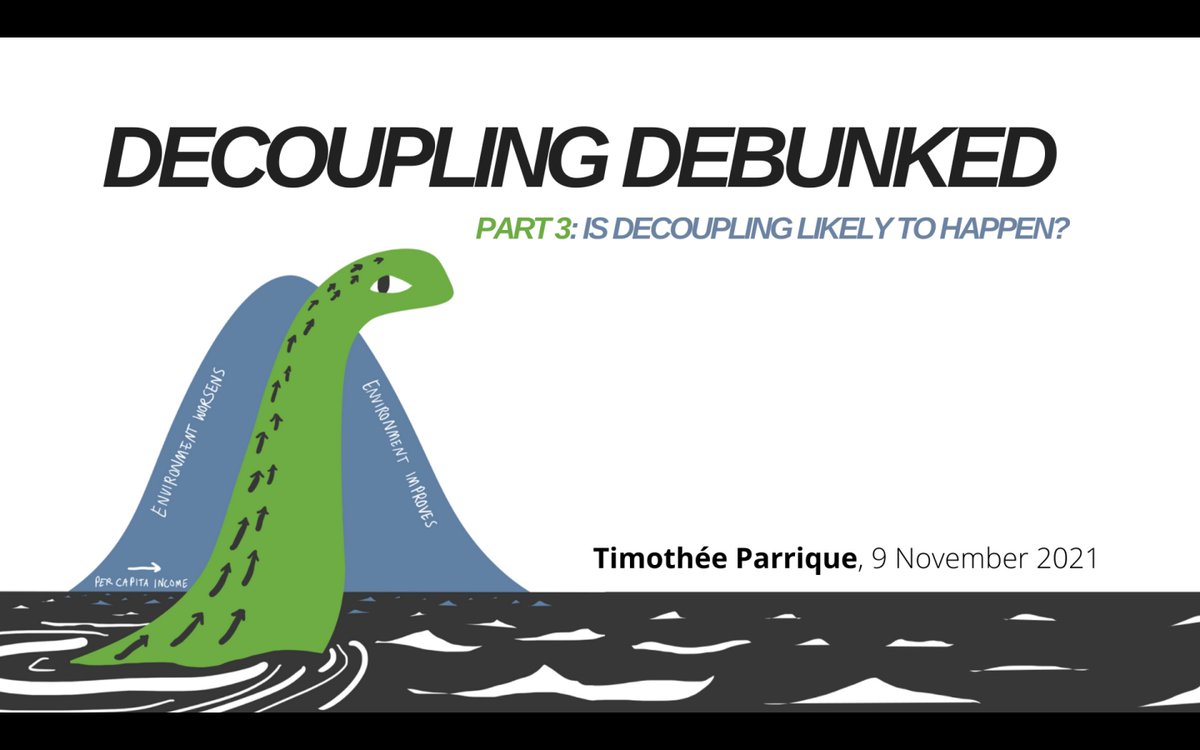
Six figures to understand carbon inequality from the World Inequality Report 2022.
THREAD/
THREAD/
1/ Close to half of all emissions are due to one tenth of the global population, and just one hundredth of the world population (77 million individuals) emits about 50% more than the entire bottom half of the population (3.8 billion individuals). 

2/ The bottom half of the global population contributed only 16% of the growth in emissions observed since 1990, while the top 1% (77 million individuals) was responsible for 21% of emissions growth. 

3/ In the 1990, carbon inequality was a matter of inequality between countries. Today, carbon inequality is rather one of classes, that is inequality within countries. 

5/ Cutting emissions is not an everybody-is-in-the-same-boat mission. In France, for example, the bottom 50% poorest must only reduce their emissions by 3%, while that cut averages 61% for the top 10% richest individuals. 

• • •
Missing some Tweet in this thread? You can try to
force a refresh










